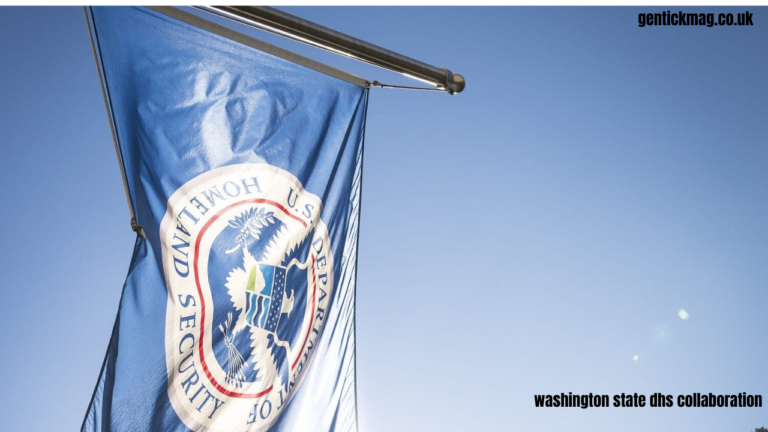Presentation
The require for flexible communities and solid open security measures is more significant than ever. The Washington State DHS Collaboration plays a crucial part in guaranteeing both, by blending neighborhood and government endeavors to make compelling techniques for assurance and readiness.
The Reason of the Collaboration
The Washington State DHS Collaboration points to address a wide assortment of concerns such as crisis readiness, cybersecurity, open wellbeing emergencies, and national security. By working together, Washington State and the Office of Country Security streamline their reactions to guarantee most extreme productivity and affect.
Upgrading Neighborhood Community Readiness
One of the greatest qualities of this organization lies in its community-based approach. Neighborhood to begin with responders, districts, and volunteer organizations get progressing bolster, preparing, and get to to government assets. This guarantees they are prepared to act quickly amid crises, diminishing potential harm and defending lives.
Leveraging Innovation and Development
Technology plays a key part within the Washington State DHS Collaboration. Real-time observing frameworks, crisis communication stages, and cyber insights units are sent to identify and anticipate dangers some time recently they raise. This advanced approach empowers more brilliant, quicker decision-making over all levels of government.
Open Association and Straightforwardness
Community engagement is additionally central to this collaboration. Outreach programs, instructive campaigns, and open security gatherings are organized frequently. These activities offer assistance citizens get it their part in emergency readiness, empowering a proactive attitude that reinforces collective versatility.
Long-Term Affect
The long-term benefits of the Washington State DHS Collaboration amplify past prompt emergency reaction. Through maintained participation and nonstop speculation in security foundation, the organization cultivates a culture of readiness and shared responsibility that benefits everybody within the state.
